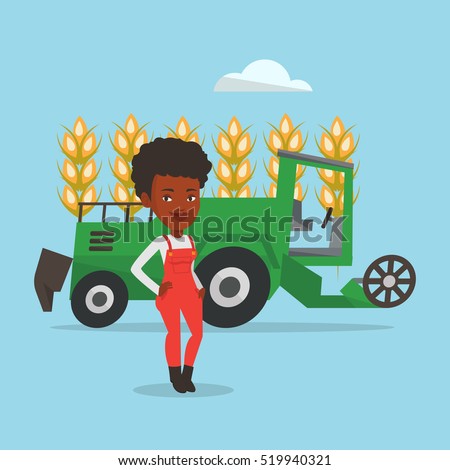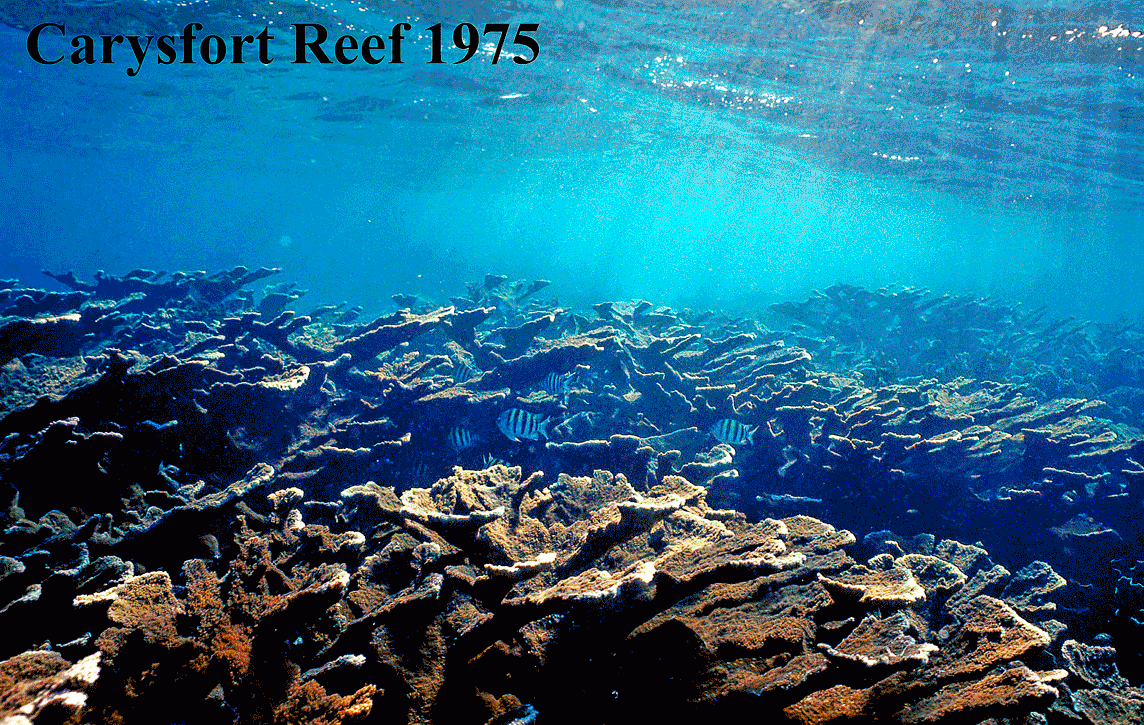Duke University employs over 37,000 people and its property holdings span 8,691 acres (Duke University’s Office of News and Communication). Consequently, its energy footprint is enormous. In 2013, energy comprised 76 percent of the University’s greenhouse gas emissions, and of its carbon emissions, 50 percent was derived from the purchase of electricity (Sustainable Duke – Energy). Equally large, meanwhile, is the University’s influence on sustainability and environmental policy. In June 2007, President Richard Brodhead signed the American College & University Presidents Climate Commitment and pledged Duke to achieving carbon neutrality by 2024 (Sustainable Duke 2009). The University now faces an uphill battle, as change will need to be swift and efficient in order to achieve this goal.
Duke plans to combine a strategy of emission reduction and carbon offsetting, which will involve “providing successful examples of technologies such as solar PV, solar thermal, biomass and biogas steam production, and hybrid fleet vehicles” (Sustainable Duke 2009). However, while many people have heard of solar power and hybrid car technology, the idea of biomass or biogas is more unfamiliar because it is much less common; according to the American Biogas Council, the United States has just 2,200 sites producing biogas in all 50 states; by comparison, Europe operates over 10,000 (American Biogas Council 2016).
The technology is relatively simple in its design. Organic material—in this case, pig manure—is delivered to a digester system, which breaks it down into biogas and digested material. Solids and liquids are used for the production of fertilizer, compost, and other agricultural processes. The biogas is taken out and processed until it is mostly composed of methane, which is then distributed and used for electricity and fuel (American Biogas Council 2016).
In North Carolina in particular, biogas is becoming increasingly important thanks to the Renewable Energy & Energy Efficiency Portfolio Standard law, which was passed in 2007 (North Carolina Utilities Commission 2008). It requires public utilities to produce 12.5% of their portfolios through renewable energy resources or energy efficiency measures, and as of 2017, 0.14% of this must come from swine biogas. In order to comply, electric utilities must either purchase or develop 284,000 swine Renewable Energy Certificates (equal to 1 megawatt hour of electricity) by 2018 (Maier 2015).
However, the practice of large-scale hog farming translates into less-than-ideal outcomes for residents of surrounding areas. Between the 1980s and 1990s, North Carolina went from fifteenth to second in hog production in the United States, with most of this explosive growth taking place in the “Black Belt”—the eastern region of the state where a large African American population still suffers from high rates of poverty, poor health care, low educational attainment, unemployment, and substandard housing (Nicole 2014). This proximity presents a many-layered problem. Namely, “people of color and the poor living in rural communities lacking the political capacity to resist are said to shoulder the adverse socio-economic, environmental, or health related effects of swine waste externalities without sharing in the economic benefits brought by industrialized pork production” (Edwards & Ladd 2001).
Although some have argued that the geographic distribution of pig farms is purely coincidental, researchers have found that the counties with larger minority populations contained proportionally more hog waste, “even when controlling for regional differences, urbanization level, property value, and attributes of the labor force” (Edwards & Ladd 2001). And this is not a small issue: the North Carolina Department of Agriculture and Consumer Services reported in 2012 that between 9 and 10 million hogs were raised at these farms, resulting in the production of approximately 19.6 million tons of waste annually (NCDACS 2012). This waste is usually stored in vast “lagoons” that are breeding grounds for Salmonella and antibiotic-resistant bacteria in addition to containing insecticides, antimicrobial agents and other pharmaceuticals, and nutrients that can cause widespread pollution and damage to local ecosystems when they inevitably leach into local waterways or overflow during storms (Nicole 2014).
The cumulative effect of proximity to hog farms is damage to one’s health that ranges from mild to life-threatening. Sacoby Wilson, a University of Maryland environmental health professor who has documented environmental justice issues surrounding hog farms in North Carolina and Mississippi, explains that the problem is worse than simply bad smells. “You have exposures through air, water, and soil. You have … inhalation, ingestion, and dermal exposures. People have been exposed to multiple chemicals: hydrogen sulfide, particulate matter, endotoxins, nitrogenous compounds. Then you have a plume that moves; what gets into the air gets into the water. You have runoff from spray fields. These are complex exposure profiles” (Wilson & Serre, 2007).
Fortunately, growing interest in using anaerobic digesters to process biogas at these farms may provide an avenue to combatting these problems. By retaining the waste and putting all parts of it to use, adverse outcomes and severe ecological damage can be avoided, at least in part. The benefits of swine biogas are twofold: first, it provides a fuel source that burns cleanly, and second, it is an efficient use of manure that would otherwise literally go to waste.
The gas produced by anaerobic digestion primarily consists of methane, which is a relatively clean fuel when burned due to its chemical simplicity (Laurell 2014). However, if released in its un-combusted form into the atmosphere, methane is roughly thirty times more potent than carbon dioxide as a greenhouse gas, making its capture and use increasingly important as the pace of global warming continues to accelerate (Kelly 2014). According to statistics from the Energy Information Administration, hog waste accounts for 11.34% of methane emissions from the agricultural industry—a figure which has increased due to a growth in hog farming since 1990 (Conti & Holtberg 2011). Burning methane results in more energy per unit of carbon dioxide emissions as compared to oil (29% less) and coal (43% less.) In addition, unlike other fuels, methane combustion releases basically no dangerous nitrous oxide, sulfur dioxide, or particulate matter into the atmosphere (Laurell 2014).
Additionally, increasing production of swine biogas gives pig farmers another source of income while using up manure that would otherwise have simply been discarded or potentially washed away in rainstorms and polluted local bodies of water. For example, one farm in North Carolina has 28,000 hogs and a 1.2 million gallon anaerobic tank digester, which processes about 50,000 gallons daily of hog manure, carcasses from pig and chicken operations, and dissolved air flotation (DAF) sludge from nearby animal processing plants. “While a significant portion of the $5 million project was financed by the farmer, [owner Billy] Storms is not worried about the return on his investment. He says he will easily make his money back with the combination of selling the electricity and the accompanying Renewable Energy Certificates… and with payments for taking the DAF sludge from the plants” (Maier 2015). Processing the waste also creates a cycle of benefits for the farmer, as some of the gas that is produced can be kept and used for power on-site. On top of this, waste heat can be used for “heating barns, water, and greenhouses or even used for drying grain” (Maier 2015).
Such systems have seen moderate success when implemented in North Carolina. For example, in 2011 Google partnered with Duke University and Duke Energy to implement such a system at Yadkin County’s Loyd Ray Farms. The Sustainable Duke website explains, “The electricity… is used to support five of the nine swine barns at the farm and the operation of the innovative animal waste management system. From the digester, the liquid waste flows to an open-air basin where the wastewater is aerated to reduce the concentrations of ammonia and other remaining pollutants so that it can be reused for irrigation.” Not only is this system self-sustaining and environmentally friendly, but it also reduced carbon emissions by 2,087 metric tons in just one year (Sustainable Duke – Loyd Ray Farms).
Unfortunately, capturing and processing hog waste will not reverse the adverse health outcomes for individuals who live near these farms. Airborne particulates, unhealthy compounds, and toxic gases will still pose challenges for these communities, and the intersection of socioeconomic status and race in these areas adds another layer of ethical and social obligations to the burden on North Carolina to find a long-term solution. Anaerobic digesters are certainly very promising to avoid ecological damage and reduce dangerous greenhouse gas emissions, but they cannot be the only answer to this extremely complex problem. They will have to be managed extremely carefully to prevent methane emissions, and if the solid waste is used for fertilizing or irrigation, it must be processed adequately to remove dangerous compounds that can be extremely toxic to surrounding ecosystems if they leach into water supplies. Perhaps some technological advancements will be able to improve this solution in the future; however, for now, using swine biogas for energy is still better than letting all that waste go to waste.
References
American Biogas Council (2016). Biogas 101 Handout. Retrieved from https://www.americanbiogascouncil.org/pdf/ABC%20Biogas%20101%20Handout%20NEW.pdf
Conti, J., & Holtberg, P. (2011). Emissions of greenhouse gases in the United States 2009. U.S. Energy Information Administration. Retrieved from http://www.eia.gov/environment/emissions/ghg_report/pdf/0573%282009%29.pdf
Duke University’s Office of News and Communication. Duke at a Glance. Retrieved from https://duke.edu/about/duke_at_glance.pdf
Edwards, B. & Ladd, A.E. (2001). Race, poverty, political capacity and the spatial distribution of swine waste in North Carolina, 1982–1997. North Carolina Geography, (9):55–77. Retrieved from http://www.academia.edu/1446269/Race_poverty_political_capacity_and_the_spatial_distribution_of_swine_waste_in_North_Carolina_1982-1997
Kelly, M. (2014, March 26). A more potent greenhouse gas than CO2, methane emissions will leap as Earth warms. Research at Princeton blog. Retrieved from https://blogs.princeton.edu/research/2014/03/26/a-more-potent-greenhouse-gas-than-co2-methane-emissions-will-leap-as-earth-warms-nature/
Laurell, N. (2014, June 12). Natural gas overview – why is methane a clean fuel? The Discomfort of Thought. Retrieved from http://www.nlaurell.com/natural-gas-overview-why-is-methane-a-clean-fuel/
Maier, A. (2015, August 12). Hog wild about biogas. North Carolina Bioenergy Council. Retrieved from https://research.cnr.ncsu.edu/sites/ncbioenergycouncil/2015/08/20/289/
NCDACS (2012). 2012 North Carolina Agricultural Statistics.North Carolina Department of Agriculture and Consumer Services/National Agricultural Statistics Service, U.S. Department of Agriculture. Retrieved from http://www.ncagr.gov/stats/2012AgStat/AgStat2012.pdf
Nicole, W. (2013). CAFOs and Environmental Justice: The Case of North Carolina. Environmental Health Perspectives, 121(6), a182–a189. http://doi.org/10.1289/ehp.121-a182
North Carolina Utilities Commission (2008). Renewable Energy and Energy Efficiency Portfolio Standard (REPS). Retrieved from http://www.ncuc.commerce.state.nc.us/reps/reps.htm
Sustainable Duke (2009, October 15). Duke University Climate Action Plan. Retrieved from http://sustainability.duke.edu/climate_action/Duke%20Climate%20Action%20Plan.pdf
Sustainable Duke. Energy. Retrieved from http://sustainability.duke.edu/campus_initiatives/energy/index.html
Sustainable Duke (n.d.). Loyd Ray Farms. Retrieved from http://sustainability.duke.edu/carbon_offsets/loydrayfarms/index.php
Wilson, S.M. & Serre, M.L. (2007). Examination of atmospheric ammonia levels near hog CAFOs, homes, and schools in eastern North Carolina. Atmospheric Environment, 41(23), 4977–4987. Retrieved from http://www.sciencedirect.com/science/article/pii/S1352231007000453






 [Source: Metrocosm]
[Source: Metrocosm]






